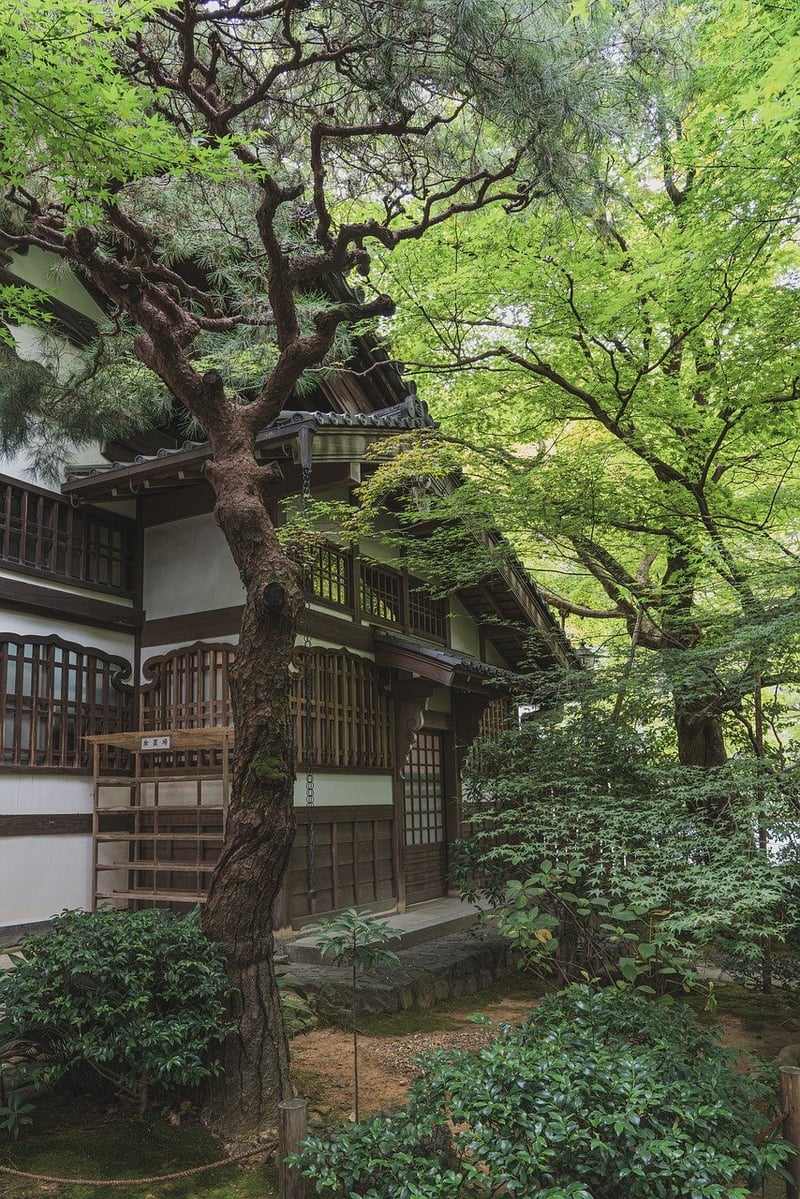Rock Placement
The Art of Zen Gardens: Structural Arrangement and Rock Placement
Introduction to Zen Gardens
Zen gardens, also known as Japanese rock gardens or dry landscape gardens, are designed to create a peaceful and meditative space. These gardens typically consist of carefully placed rocks, gravel, sand, and minimal vegetation to evoke a sense of tranquility and simplicity.
Structural Arrangement of Zen Gardens
The structural arrangement of a Zen garden plays a crucial role in its overall design and impact. Here are some key elements:
1. Gravel or Sand Base
The foundation of a Zen garden is usually made of gravel or sand, raked to create ripples or patterns symbolizing water or waves. This base represents purity and simplicity.
2. Rocks and Stones
Rocks are the focal point of Zen gardens. They are carefully placed to represent islands, mountains, or animals. Larger rocks are often surrounded by smaller stones to create a balanced composition.
3. Minimal Vegetation
Zen gardens have minimal vegetation, such as moss or small shrubs, to maintain simplicity and harmony. These plants are strategically placed to complement the rocks and create a sense of balance.
Rock Placement in Zen Gardens
The placement of rocks in a Zen garden is a meticulous process that follows certain principles:
1. Grouping
Rocks are grouped in odd numbers to create a natural and harmonious arrangement. The grouping should consist of a larger rock surrounded by smaller rocks to represent a family or community.
2. Balance
Balance is essential in rock placement. Rocks should be positioned asymmetrically to create a sense of visual balance and harmony. This asymmetry reflects the imperfection and transience of life.
3. Focal Point
A single large rock, known as the "seiza-iwa" or meditation rock, is often placed as the focal point of the garden. This rock symbolizes strength and stability, inviting contemplation and reflection.
Conclusion
Creating a Zen garden involves a thoughtful arrangement of rocks, gravel, and minimal vegetation to achieve a space of tranquility and harmony. The placement of rocks is a key aspect of Zen garden design, symbolizing nature, balance, and the impermanence of life.
Embrace the art of Zen gardens in your outdoor space to cultivate a sense of peace and serenity amidst the chaos of everyday life.

Image source: Pixabay
